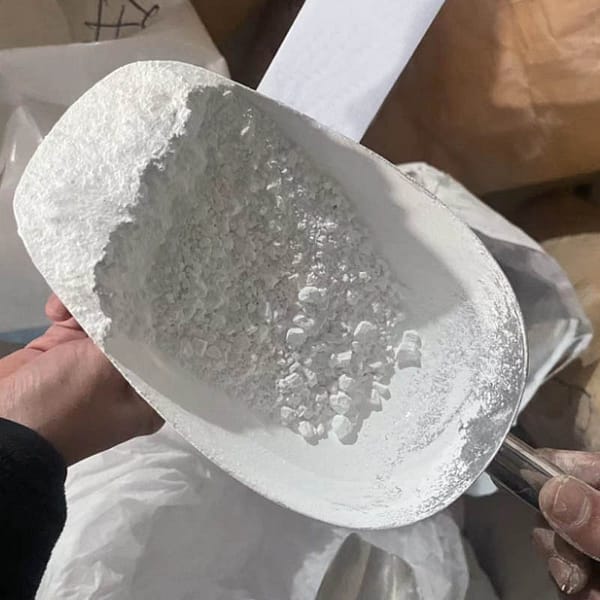The titanium dioxide pigment sometimes referred to titanium white or Pigment White 6(PW6) is a market prominent. This is particularly the case in the field of rubber, paints, plastics, and paper. This versatile substance with its sparkling white pigment plays a important role in turning raw material into vibrant finished goods. Let’s delve into the wonders of titanium dioxide, examining its uses, manufacturing processes and the significant impact it has on various industries.
The Canvas of Titanium Dioxide, A Palette of Possibilities
Titanium dioxide is a crucial ingredient in many products. It is a key ingredient in the beauty and function of items we use every day. It is also known as Pigment White 6, it plays a significant role in the production of paints, providing an incredibly opaque and brilliant white hue that boosts the radiance and coverage of artistic and industrial applications equally.

In the plastic industry, titanium dioxide adds not only color but also acts as a UV stabilizer, protecting against harmful effects of ultraviolet radiation. This dual functionality makes it an essential ingredient in a myriad of plastic products such as packaging materials to tough outdoor items.
The Manufacturing Alchemy: Titanium Dioxide Production Methods
Two methods are the mainstays in the production of titanium oxide, namely the sulfuric acid method and the chlorination-acid method. Each method has its unique specificities and uses, which contribute to the versatility of titanium dioxide in various industries.
The Sulfuric Acid Method: This procedure involves the reaction titanium-bearing ores with sulfuric acid, leading to the formation of a solution containing titanium sulfate. The solution is then hydrolyzed to an hydrated titanium oxide. After calcination, the end product will be a fine white powder that can be utilized in a variety of industries, such as paper and paint.
The Chlorination Technique In contrast with chlorine gas this technique uses titanium-bearing minerals to create titanium Tetrachloride. Following a series of chemical reactions, titanium tetrachloride may be converted to pure titanium oxide. This technique is used to create titanium dioxide in the plastics and rubber industries.
The Art and Science of Titanium Dioxide Applications
Titanium dioxide is a key ingredient in the production of paints across all industries. The capacity of titanium dioxide to provide a bright white, crisp color, and good coverage is a great option for residential and industrial applications. The stunning white hue it imparts to canvas isn’t just an aesthetic one however, it also serves as a functional. It enhances the longevity of painted surfaces.
Shaping Plastics with Radiance: In plastics, titanium dioxide serves a dual purpose. In addition to its function as a white pigment, titanium dioxide acts as a UV stabilizer that provides crucial protection from the degrading effect of sunlight. Titanium dioxide is therefore an essential element of the process of making outdoor plastics as it guarantees that they keep their structural integrity and visual appeal as they age.
In the paper business, titanium dioxide is a key ingredient in the transparency and clarity of papers. The addition of titanium dioxide improves the quality and brightness of printed paper. The function of titanium dioxide in the papermaking process goes beyond aesthetics. It’s crucial in increasing the quality of printed paper.
Rubber Resilience and UV Resistance The rubber industry is benefited by the UV resistance offered by titanium dioxide. For rubber products, specifically those that are exposed outdoors, titanium dioxide acts as a protective shield against damaging effects of ultraviolet radiation, which ensures the durability and durability of items made from rubber.
Titanium Dioxide Impact: More Than Pigment
Although titanium dioxide’s influence is evident as a colorant it goes far beyond it. Because of its capacity to enhance the strength, durability and endurance of various different industries It is an insignificant but vital element in ensuring quality and function.
This is why titanium dioxide is a material of immense significance that blends into a variety of industries. In the form of Pigment White 6, it paints brilliance across canvases, both artistic and industrial. Its production is a blend of two processes which are chlorineation and sulfuric acid. This creates a broad spectrum of possible applications. The perfect blend of science and art in manufacturing is evident when titanium dioxide enhances the appearance of paper, improves paints’ visual appeal, strengthens the plastics’ resistance to ultraviolet radiation or helps protect rubber. The brilliance of titanium dioxide shines through the world around us, transforming the appearance of a myriad of items into ones that are durable and brilliant.